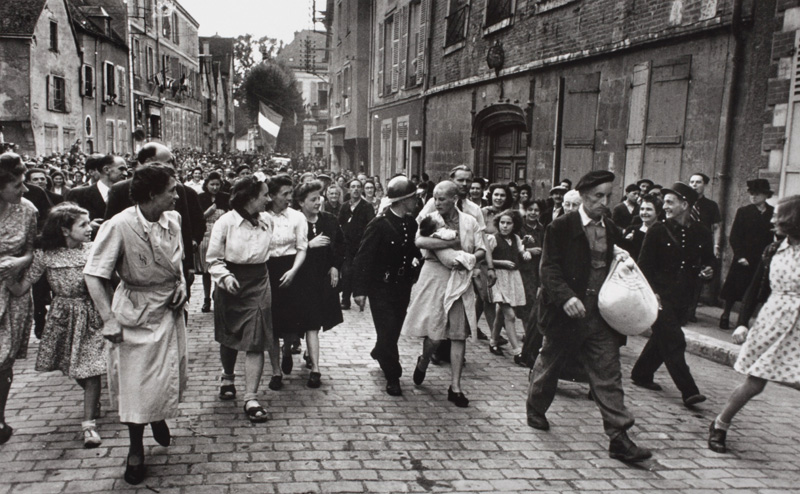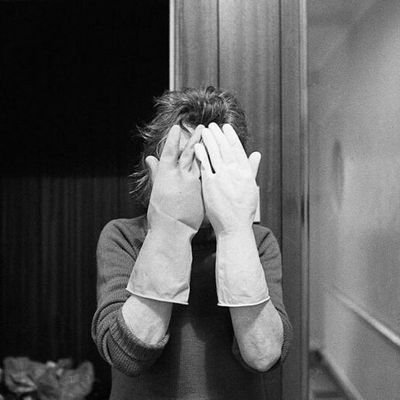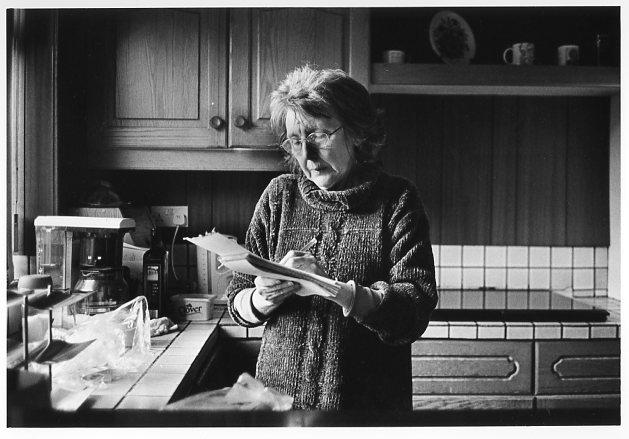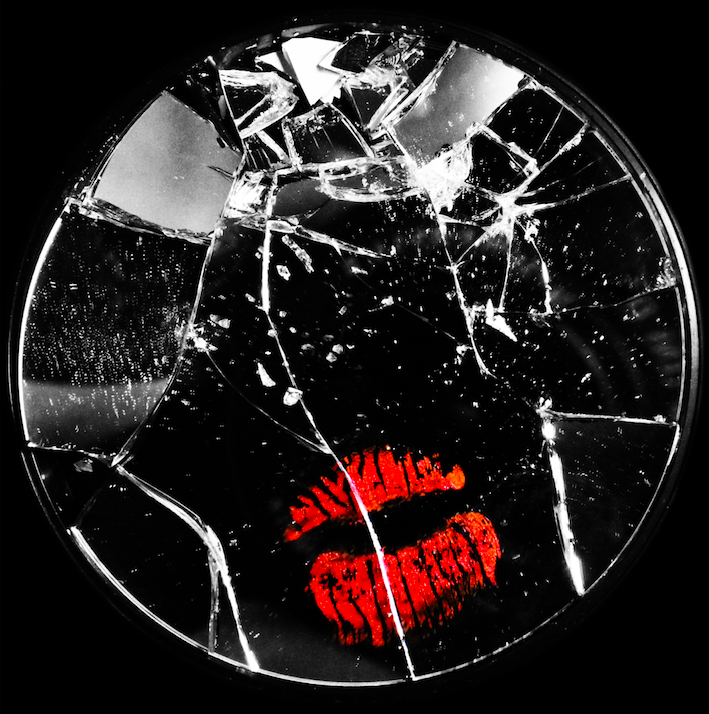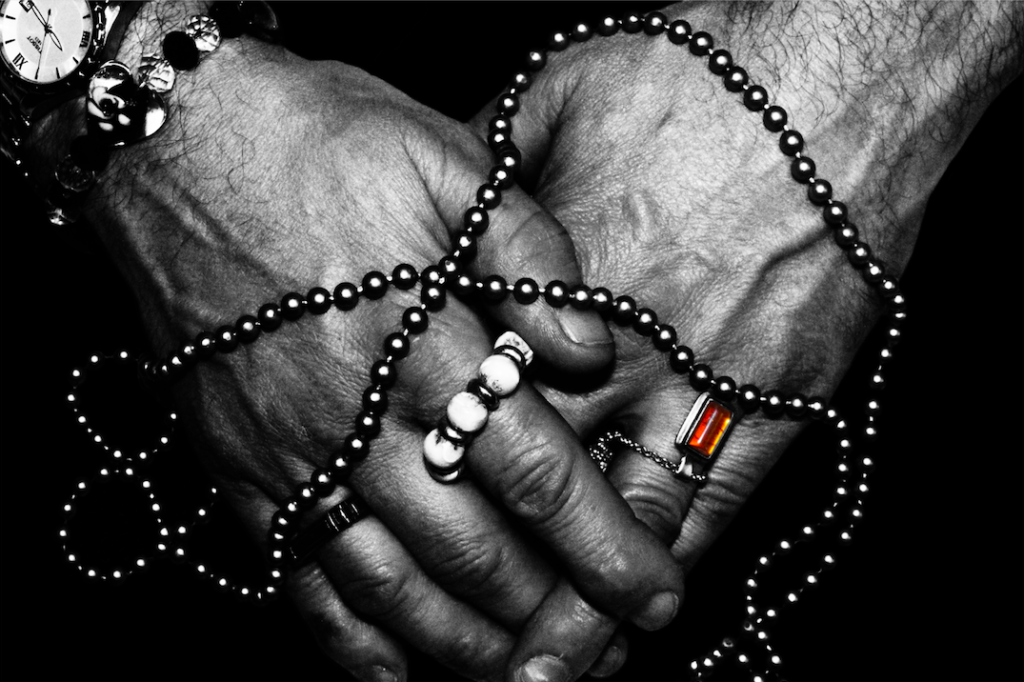Narrative:
- 3 words – Commando, Bunkers, intel.
- A sentence – Documenting a commando raid to gain intel on the German defenses.
- A paragraph – A story about a group of commandos who land at the Wolf’s lair in Jersey through the use of a boat, in order to record and gain intel on the German defences of Jersey.
Design:
- How you want your book to look and feel & Cover – I want the cover of the book to have a hard, rough and textured feel to imitate the texture of a bunker wall.
- Paper and ink – I would like the images to be printed on cartridge paper as it is thick and has a slight texture.
- Format, size and orientation – My book will be portrait and will be 25 x 20 cm.
- Binding – my book will have a perfect stitch.
- Title – My photobook will be called Incursion.
- Structure and architecture – My book will start off at the point of contact that the commandos had with the island during operation Hardtack 28, and the images will visually get darker near the end.
- Design and layout – I will feature a mix of page layouts, including one image per page spread, double page spread images, multiple images per page spread, and a foldout image.
- Editing and sequencing – My images will be in colour and black and white.
- Images and text – I will feature a brief paragraph or two at the beginning of the photobook to inform the reader of what operation Hardtack 28 was.



